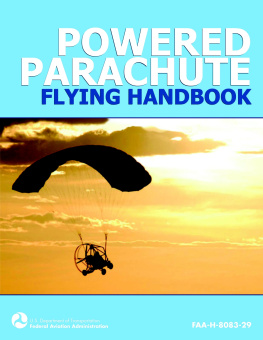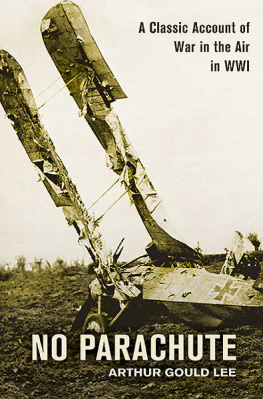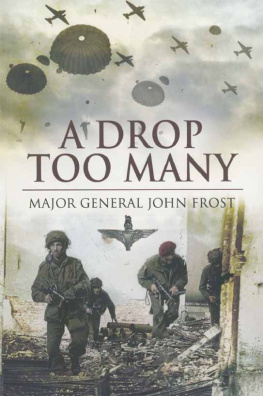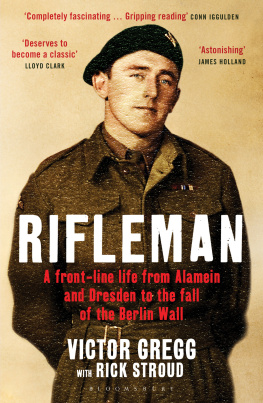First published in Great Britain in 2013 by
Pen & Sword Military
an imprint of
Pen & Sword Books Ltd
47 Church Street
Barnsley
South Yorkshire S70 2AS
Copyright Norman Hicks 2013
HARDBACK ISBN: 978 1 78303 033 0
PDF ISBN: 978 1 47383 120 9
EPUB ISBN: 978 1 47383 004 2
PRC ISBN: 978 1 47383 062 2
Copyright sources for photographs 22, 29 and 30 are unidentified.
Every effort has been made to contact the copyright holder of these
images. Pen and Sword would be grateful for any information that
you may have.
The right of Norman Hicks to be identified as the Author of this
Work has been asserted by him in accordance with the Copyright,
Designs and Patents Act 1988.
A CIP catalogue record for this book is available from the British
Library
All rights reserved. No part of this book may be reproduced or
transmitted in any form or by any means, electronic or mechanical
including photocopying, recording or by any information storage and
retrieval system, without permission from the Publisher in writing.
Typeset in Ehrhardt by
Mac Style, Driffield, East Yorkshire
Printed and bound in the UK by CPI Group (UK) Ltd, Croydon,
CRO 4YY
Pen & Sword Books Ltd incorporates the imprints of Pen & Sword
Archaeology, Atlas, Aviation, Battleground, Discovery, Family
History, History, Maritime, Military, Naval, Politics, Railways,
Select, Social History, Transport, True Crime, and Claymore Press,
Frontline Books, Leo Cooper, Praetorian Press, Remember When,
Seaforth Publishing and Wharncliffe.
For a complete list of Pen & Sword titles please contact
PEN & SWORD BOOKS LIMITED
47 Church Street, Barnsley, South Yorkshire, S70 2AS, England
E-mail:
Website: www.pen-and-sword.co.uk
Contents
Preface
T his book details my fathers life from his earliest years to the end of steam at Royston Motive Power Depot in 1967. Sandwiched in between his work on the railway and consuming the bulk of this story are his experiences during the Second World War.
Tom Hicks started work on the London, Midland and Scottish Railway (LMS) as a calling up lad in 1934 and progressed through the grades to become a steam-engine driver. His work on the LMS was interrupted by military service during the war years of 193945 and was not resumed again until he was demobilised in 1946, from when he soldiered on until retirement in 1982.
Toms life as a soldier began in 1939 with his enlistment into the Royal Engineers (RE) and subsequent service on the Longmoor Military Railway until 1942. From Longmoor he was accepted as a volunteer into the newly formed 1st Parachute Squadron RE, a small 150-man unit attached to the 1st Parachute Brigade within which he served until 1945.
This story follows Toms selection for parachute training, beginning with the rough and tumble of the airborne forces depot, followed by more rigorous pursuits as his training as a parachute soldier began in earnest. His war service is told as it was, simply and with humour and endurance that he maintained when the real soldiering began in North Africa, through the invasion of Sicily, the Battle of Arnhem and seven months as a prisoner of war in Germany, most of which was spent working underground in a lead mine.
Liberated by the Americans in April 1945, Tom was repatriated to Britain and returned to Longmoor to await demobilisation in 1946. After this he rejoined the LMS and Royston engine shed, where he worked as a driver until the end of steam in 1967. This is where the memoir ends, although he continued as a driver of diesel locomotives at Healey Mills until his retirement in 1982.
The wartime element of the book is based on numerous recollections and these have been placed in chronological order by referring to the historical accounts of the day and a wartime diary written by Tom during his time as a POW. Throughout these recollections humour is always to the fore, but there is also fortitude and pride. What cannot be doubted is that my father mostly enjoyed his railway and military life and hopefully this is conveyed through this book.
The book is not intended to be a military history, although factual details have been included to give context to the experiences described. Explanations of words and events within the text are given to provide the reader with more detail, particularly for those who may not be familiar with the times and terminology. A selection of contemporary photographs is also included to give a visual flavour of the era.
In the account of the war years military strengths and casualty figures are mentioned, and these figures have been taken from a number of wartime histories. Sometimes the numbers vary between sources and I would therefore use the term as far as can be ascertained in relation to them, but I have included them in order to give a fuller impression of the events described.
Norman Hicks
April 2013
Acknowledgements
W e would like to acknowledge the assistance of Peter Stainforths Wings of the Wind (1952) in placing the relevant dates and the movement of the 1st Parachute Squadron RE in North Africa during 19423. Written in 1949 and published in 1952, this sensitive account provided us with many of the relevant dates and the atmosphere of those times. It was particularly helpful as an aide-memoire in structuring the questions put to Tom.
In 2004 an article featuring Toms story was previously published in the Yorkshire Post Magazine as part of the sixtieth anniversary of the Battle of Arnhem commemoration. Extracts from the Yorkshire Post Magazine are used courtesy of Yorkshire Post Newspapers Ltd.
List of Abbreviations
BEF | British Expeditionary Force |
CO | Commanding Officer |
CSM | Company Sergeant Major |
DZ | Drop Zone |
LMS | London, Midland and Scottish Railway |
LZ | Landing Zone |
NAAFI | Navy Army Air Force Institute |
PTI | Physical Training Instructor |
RASC | Royal Army Service Corps |
RE | Royal Engineers |
RSM | Regimental Sergeant Major |
RTU | Return to Unit |
RV | Rendezvous |
SNCO | Senior Non Commissioned Officer |
USAAF | United States Army Air Force |
Part One
Life on the Railway
Chapter 1
A Railway Family, Royston, 19329
M y family arrived in Royston in 1932 from Stockingford on the outskirts of Nuneaton where my father was the running foreman at the LMS engine shed. Stockingford was a small country shed of only three roads, and it was so quiet that the engine crews were able to find time to tend an adjacent allotment between turns. We had only been in Stockingford for three years when it was announced that the shed was scheduled for closure, and my father was given the choice of moving to Coalville at Leicester or to the new shed at Royston in south Yorkshire.
We were a railway family which had its base in Widnes; here, before moving to Stockingford, my father had been a driver and then deputy foreman at Tanhouse Lane Engine Shed. At Widnes we lived at Ditton where my mother was the tenant licensee of the small Railway Arms pub, a situation that came about because my father was not allowed to own a business while working for the LMS. Sandwiched between terraced houses, the pub nestled up to the embankment of the main line to Liverpool. We were so close to the track that every passing train shook the windows and rattled the knobs on the brass bed that I shared with my younger brother Bob, momentarily drowning out the murmur of the drinkers downstairs.









